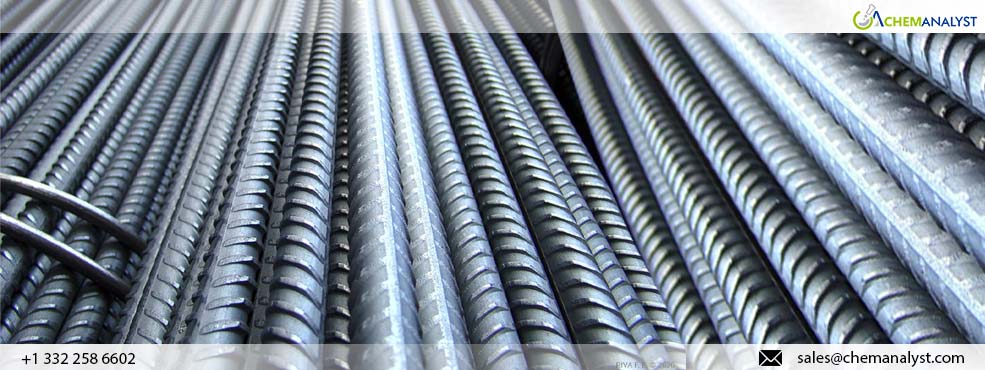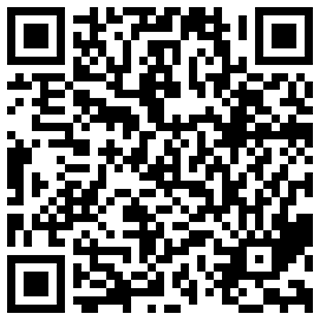Steel Rebar Market Grapples with Stagnant Demand and Intense Competition in Europe
- 27-May-2024 6:30 PM
- Journalist: Peter Schmidt
Amidst the European steel market's struggle with stagnant demand and low activity, the Steel Rebar market has faced a tumultuous landscape marked by intense competition and pricing pressures. Following a brief surge in demand in April, it has become increasingly evident that the market remains constrained by weak consumption and a lack of material appetite. The subdued activity poses a formidable challenge in gauging the accurate price indication for Steel Rebar, with few and infrequent sales.
The European steel sector may face output reduction should the persisting low consumption endure into June, with high asking prices maintained by producers and a reluctance to engage with the import market, particularly for Steel Rebar. Moreover, downstream sheet prices continue to face extreme depreciation, exerting pressure on margins and resulting in minimal profit or even losses for many service centres dealing with Steel Rebar. This situation has rendered the provision of an accurate price indication challenging for Steel Rebar.
Furthermore, the increased scrutiny of the carbon footprint in steel products has resurfaced, spurred by prominent automakers setting ambitious goals for incorporating recycled and bio-based content in their products. Particularly, the Steel Rebar market has witnessed intense competition among distributors and benders within the German house-building sector, resulting in considerable financial strain owing to downstream price deterioration for Steel Rebar. Interestingly, Germany, Italy, and the UK saw Steel Rebar prices staying stable in the 3rd and 4th weeks of May with marginal fluctuations, reflecting the market's cautious stability.
The transition to electric arc furnaces (EAFs) presents a costly and challenging prospect for many producers of Steel Rebar, especially given the limited supply of scrap. Additionally, Germany's heavy reliance on imported raw materials and the need for cheaper energy sources have posed significant hurdles in embracing direct-reduced iron (DRI) for Steel Rebar, further compounded by limitations in renewable hydrogen production and the costly nature of hydrogen importation for Steel Rebar.
Despite these challenges, the industry is witnessing significant global developments, including the US decision to eliminate Section 232 import duty exemptions for selected steel and aluminium products, symbolizing a shift in the trade dynamics impacting the Steel Rebar sector.
A comprehensive review of the global steel output revealed a noteworthy 3.1% decline in April from the preceding month's 10-month high, indicative of the prevailing fluctuations in production levels on a global scale. Importantly, the daily production rate in April showcased a marked increase compared to the previous year, contributing to the evolving narrative of the industry's output landscape, particularly for Steel Rebar.
In conclusion, the European Steel Rebar market continues to grapple with multifaceted challenges exacerbated by stagnant demand, intense competition, and disruptive global trade dynamics, warranting renewed resilience and innovative strategies to navigate these complex and rapidly evolving market conditions for Steel Rebar.



